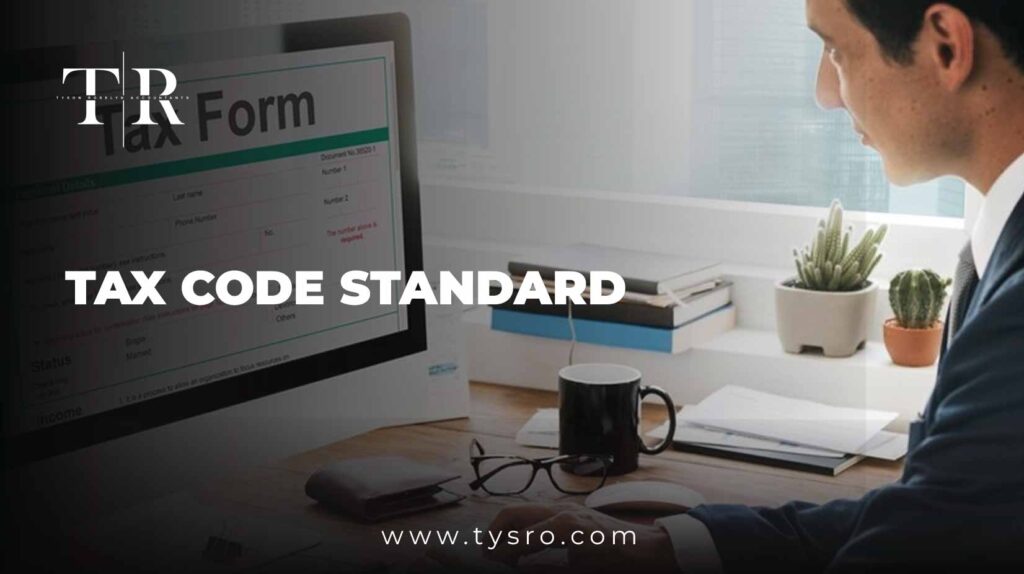Introduction
Ever glanced at your payslip, spotted a code like 1257L, and thought, “What does this even mean?” You’re not alone. For many UK workers, the Tax Code Standard is confusing—and sometimes even invisible—until it starts costing them money.
But here’s the thing: understanding your tax code can help you avoid overpaying or underpaying tax, spot errors, and make better financial decisions.
This guide will walk you through everything you need to know about the Tax Code in 2025. Whether you’re employed, self-employed, or managing payroll for your business, this article is here to clear up the confusion—once and for all.
What Is the Tax Code Standard?
The Tax Code Standard is a system used by HMRC to tell your employer or pension provider how much Income Tax to deduct from your earnings. It’s a mix of numbers and letters, each with a specific meaning that reflects your tax-free allowance, income level, benefits, and past tax payments.
Let’s say you have a tax code like 1257L. This code tells your employer that you’re entitled to the standard personal allowance of £12,570 in the 2025/26 tax year.
If you’ve been in the UK workforce for a while, you’ve probably had at least one code like that. But what if that code is wrong? Even a small error could cost you hundreds over the year.
Why the Tax Code Standard Matters
Let’s look at a quick real-life scenario.
Emma, a secondary school teacher in Manchester, noticed that her salary had decreased slightly, even though she hadn’t changed jobs or taken unpaid leave. After some digging, she discovered her tax code had been incorrectly adjusted after a short freelance gig the year before. The result? She had been overpaying tax for four months.
This kind of mistake happens more often than people think.
Your Tax Code directly affects how much money lands in your bank account each month. So, if it’s wrong, you could either:
- Overpay and wait months for a refund
- Underpay and get a surprise tax bill
Either way, you lose control of your finances and that’s not okay.
Understanding the Code: Numbers & Letters Explained
Every Tax Code consists of numbers and a letter (or sometimes just letters).
The Numbers
These represent the portion of your income that is tax-free. To work it out, HMRC takes the number and multiplies it by 10. So:
- Code 1257L = £12,570 tax-free allowance.
The Letters
These indicate your personal tax situation. Here are a few examples:
- L – You’re entitled to the standard personal allowance.
- M – You’ve received a Marriage Allowance transfer from your partner.
- N – You’ve transferred part of your allowance to your partner.
- BR – You’re taxed at the basic rate on all income (usually for second jobs).
- D0 – All income taxed at the higher rate.
- K – You owe tax from other income or benefits (e.g., company car).
- NT – No tax is taken from your income.
For a full list, visit the official tax code list.
How to Check Your Tax Code Standard
Want to avoid an expensive mistake like Emma’s? Follow these steps.
Step 1: Find Your Current Code
You can find your tax code on:
- Your payslip
- Your P60
- A P45 from a previous job
- Your HMRC tax notice (sent by post or digitally)
Step 2: Log In to HMRC
Use your Personal Tax Account to view your live records and confirm the code.
Step 3: Match It to Your Situation
Ask yourself:
- Am I claiming the standard personal allowance?
- Have I recently started a second job?
- Am I receiving any taxable benefits?
If something doesn’t feel right, it probably isn’t.
Step 4: Contact HMRC
You can tell HMRC about a change or dispute your code via their website or by phone. Corrections are typically updated within a few weeks.
Common Errors in the Tax Code Standard
HMRC processes millions of records every year. Mistakes can happen.
Here are the most common ones to watch for:
- Being put on an emergency tax code like 1257L W1/M1
- Having a BR code on your main job
- Being taxed as if you had multiple incomes when you don’t
- Code not reflecting updated benefits like a new company car
Even small errors can lead to overpayments. The good news? You can claim back overpaid tax for up to four tax years.
What’s New in 2025?
While the structure of the Tax Code Standard hasn’t changed much this year, here are a few updates worth noting:
- Personal Allowance remains at £12,570
- HMRC is improving real-time data accuracy, making it easier to prevent coding errors
- More emphasis is being placed on employers to submit RTI (Real-Time Information) accurately and promptly
To stay up to date, regularly check HMRC announcements.
The Role of Employers
Employers play a huge part in applying the correct Tax Code Standard. Once HMRC issues a new code, your payroll team should implement it immediately.
If you’re an employer:
- Use HMRC’s Basic PAYE Tools to manage employee tax codes.
- Always check for updated tax code notices via PAYE Online.
- Ensure new employees fill out a Starter Checklist if they don’t have a P45.
Tips to Stay on Top of Your Tax Code
Here are some quick tips to help you stay ahead:
- Review your payslip every month
- Check your code after starting a new job or side hustle
- Notify HMRC of changes like benefits, marriage, or second jobs
- Use a tax code calculator to estimate your expected code
FAQs
What is a Tax Code Standard?
It’s a code from HMRC that tells your employer how much tax to deduct from your salary based on your personal allowance.
Where can I find my tax code?
You can find it on your payslip, P60, P45, or any official tax notice sent to you by HMRC.
What does the number in a tax code mean?
The number shows how much of your income is tax-free. For example, 1257 means you can earn £12,570 tax-free
What does the letter in a tax code mean?
The letter reflects your personal tax situation, such as being eligible for allowances or having unpaid tax.
What should I do if my tax code is wrong?
You should contact HMRC or speak to your employer’s payroll department to correct any errors.
Final Thoughts
The Tax Code Standard might seem like a small detail on your payslip, but it holds significant power over your financial well-being. It determines how much tax you pay, how much income you keep, and whether you’re on the right side of HMRC regulations.
By taking the time to understand your tax code, checking it regularly, and knowing how to spot and correct mistakes, you’re not just avoiding errors—you’re taking ownership of your money. Partnering with trusted professionals like Tysro Roselyn Accountants can make this process even easier, ensuring your tax affairs are handled accurately and efficiently.


